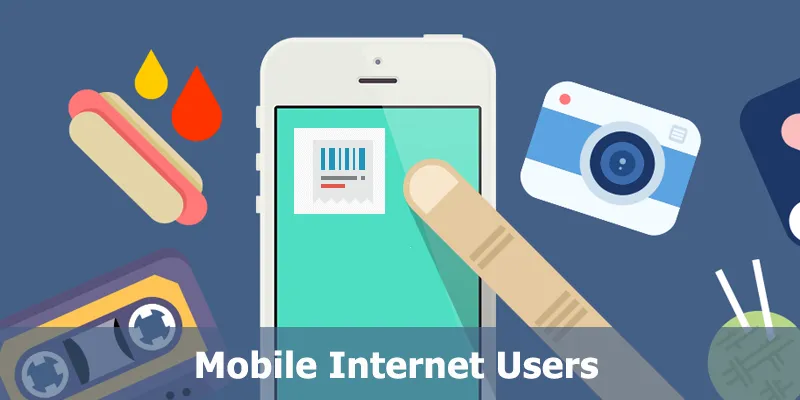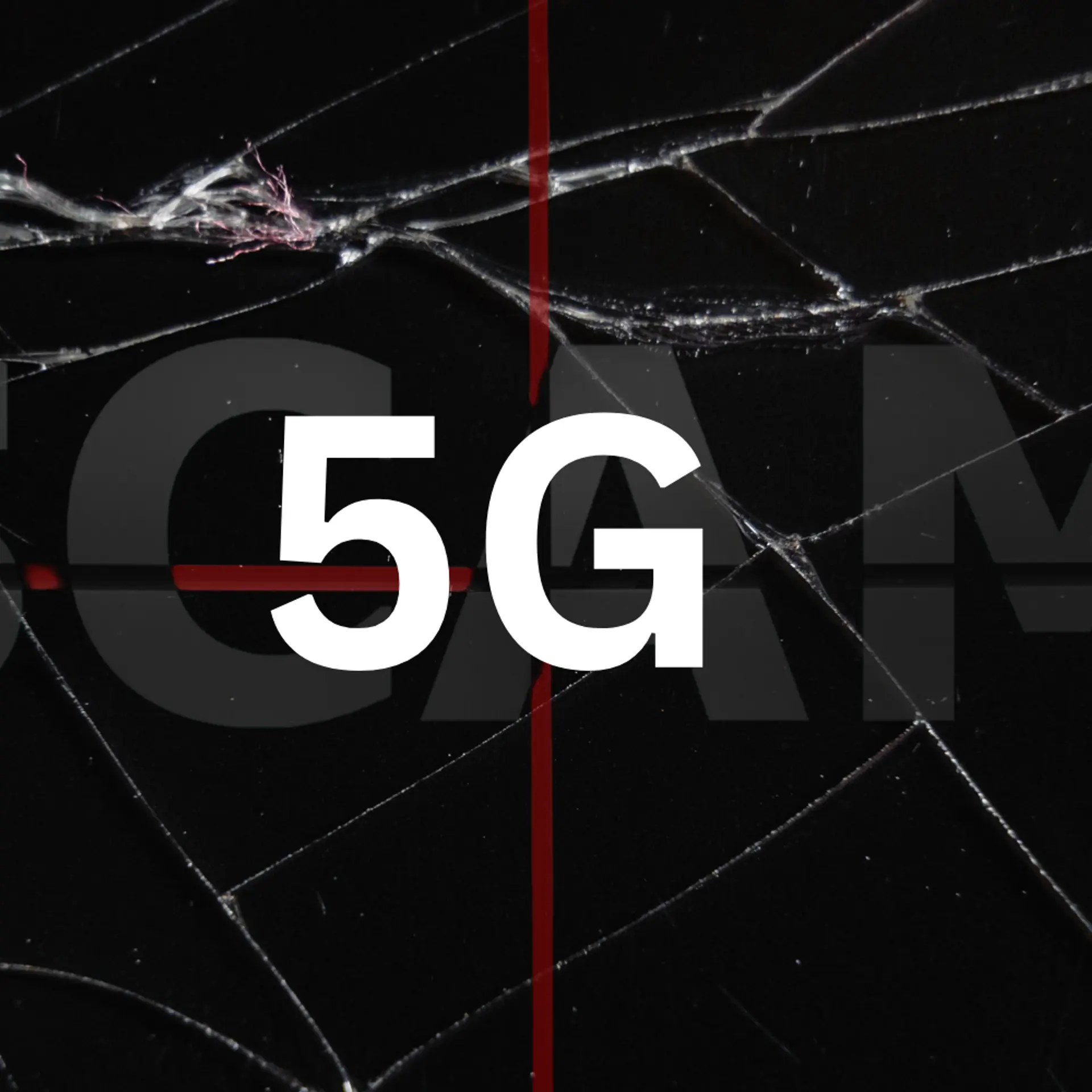India’s internet population is growing older and more rural: InMobi
The above-25 population on the desi web has grown 35 percent in the last five years. There are more women internet users too.
The internet was a thing of the young when it started. The youth, or the much-hyped 18 to 24 age group, were natural adopters of smartphones, mobile apps, and all things digital. Brand marketers and advertisers left no stone unturned to appeal to this audience set which was largely located in urban India. But, in the last five years, the Indian internet has matured both in terms of demography and geography.
InMobi, a leading ad tech startup, notes in its flagship study The Changing Face of the Indian Mobile User that the above-25 population on the Indian web has grown from 40 percent in 2013 to 54 percent in 2018. Penetration of mobile has increased too, with rural and semi-urban audiences constituting 40-50 percent of the user base, up from 29 percent five years ago.
“Since 2015, rural India has brought 100 million more people online,” says the report.
This is, of course, attributed to the smartphone wave sweeping across the nation, and the increasing affordability of budget handsets. In 2013, smartphone penetration in India stood at 6.3 percent. That grew to 23.8 percent by the end of 2018. Add to that the availability of dirt-cheap mobile data in a post-Reliance Jio world, and the number of digitally connected rural users are growing by the hour.
InMobi projects that 60 percent of the country’s population would have smartphones and “fast and reliable data connectivity” by 2025.

Further, nearly 450 million shoppers are expected to be influenced by digital, and one in three purchases would be made on the smartphone. By 2021, retail m-commerce sales is set to double from $20.6 billion to $40.5 billion. According to the report,
“Mobile is redefining m-commerce. It is cementing its place as the choice of medium for shopping even among rural consumers.”
Besides becoming more rural, the internet is also growing more vernacular and desi, with tens of millions of first-time users seeking content and services in their native tongues. InMobi estimates that over the next five years, 9 out of every 10 users in India will “prefer vernacular” internet access.
Vasuta Agarwal, VP & GM, India and South Asia, InMobi states,
“India, like most countries, is also moving away from traditional means of content consumption to more convenient, one-to-one interactions enabled by mobile. Be it gaming, video-viewing or shopping, mobile is now the primary screen for users.”
One of the most interesting developments is in the area of gaming. InMobi calls it “the new marketing opportunity” given there are over 250 million mobile gamers in the country today, spending an average of 60 minutes on gaming apps every day. The number of mobile gamers is estimated to reach 368 million by 2022. While majority of the gamers still prefer free apps, users opting for “freemium games” are on the rise too.
Contrary to popular perception, women are engaging heavily with mobile games, “more than any other app category”, according to the report. About 43 percent of mobile gamers in India are women, and most of them are 25 or above. “This means that the range of brands that can tap into the mobile gaming market is limitless,” the report adds.







